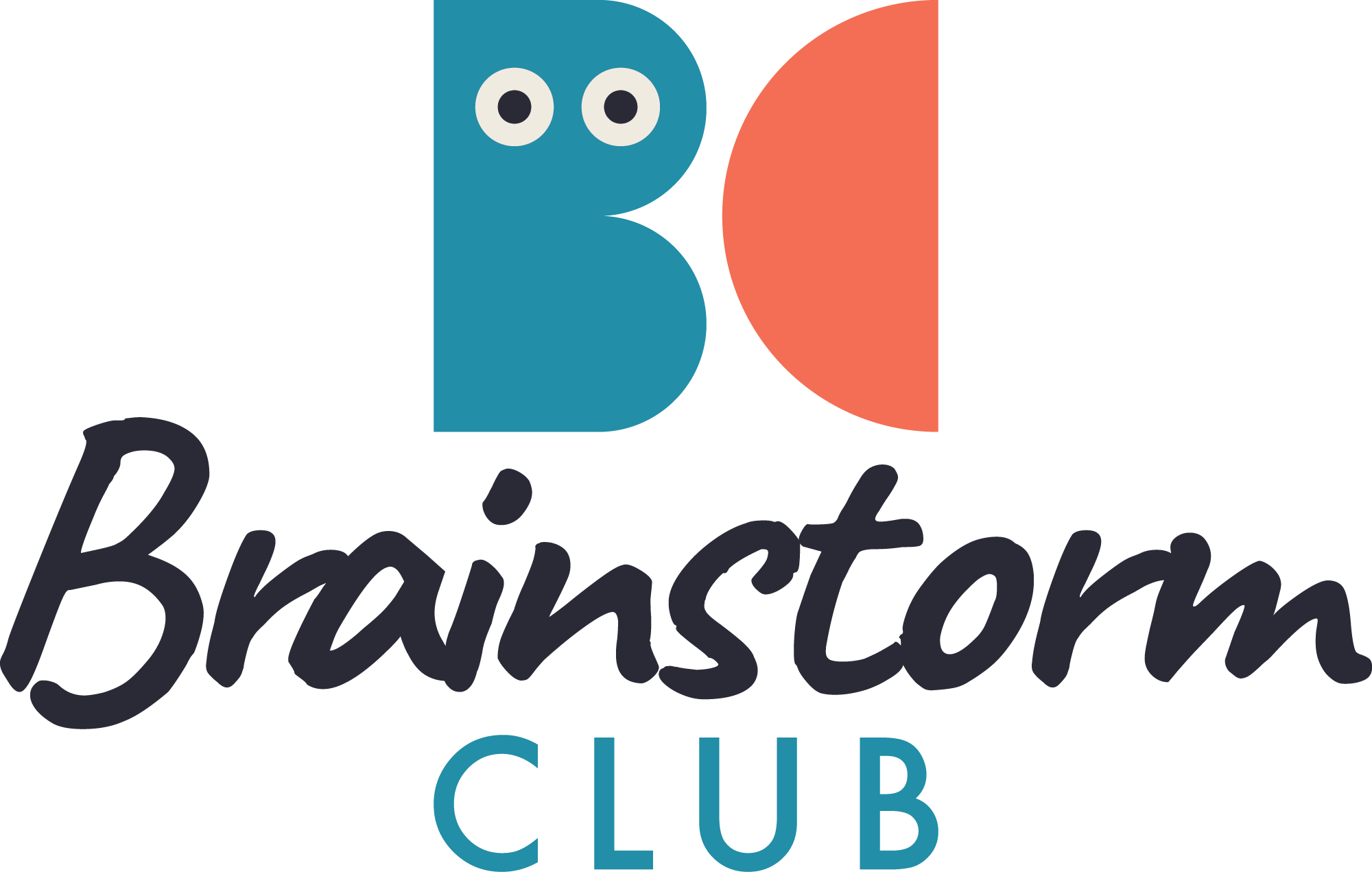When talented teams play different tunes, business performance suffers. This story explores how alignment creates something greater than the sum of its parts.
Picture this: A world-class violinist practicing in one room. A brilliant pianist rehearsing in another. Both extraordinarily talented. Both playing different songs.
This is the reality for most businesses in 2025. Not a musical problem, but a commercial one: Sales and Marketing teams with tremendous individual talent but no shared composition.
The business impact is substantial:
- Only 8% of companies have achieved strong sales-marketing alignment (Source)
- 75% of marketing-generated leads never reach their potential (Source)
- Teams typically collaborate on just 3 of 15 key commercial activities (Source)
When business leaders look at struggling sales and marketing teams, they often misdiagnose the problem. It’s rarely about talent or effort. It’s about synchronisation.
As the experts at Brainstorm Club have discovered after working with dozens of companies, the fundamental issue is usually the same: talented professionals playing different songs.
Different Rooms, Different Tunes
GrowthTone wasn’t unique. Their marketing team created compelling campaigns, developed strong messaging, and generated steady interest. Their sales team built relationships, understood customer needs, and closed deals effectively.
Yet something wasn’t working.
In separate interviews, the disconnect became clear:
“Marketing creates these elaborate campaigns that don’t seem to consider what actually resonates in customer conversations,” explained the Sales Director. “We’re focused on hitting this quarter’s targets while they’re planning next year’s brand strategy.”
Across the building, the Marketing Director had her own perspective: “Sales wants immediate results and doesn’t appreciate how our brand work sets the stage for their conversations. They’re so focused on today’s deals that they don’t see how we’re building tomorrow’s pipeline.”
Both were right. Both were wrong. Most importantly, both were playing solo when the business needed a duet.
When the Music Comes Together
The solution isn’t forcing one team to adopt the other’s approach. It’s creating something new together. Instead of theoretical ideas, let’s look at real companies that have found their rhythm:
Crossbeam’s Orchestrated Metrics
Robert Moore, Co-Founder and CEO at Crossbeam, found alignment through shared visibility: “At Crossbeam, we’ve rolled out company-wide OKRs that change each quarter and can be measured using sales, marketing, and product data from HubSpot.”
Their approach ensures everyone plays from the same sheet music. “Everyone at Crossbeam has access to dashboards that update in real-time with our progress toward these key results, and our progress also auto-posts to Slack each morning to keep people in the loop and drive discussions.”
The result? Teams naturally align when they’re following the same score.
Rybbon’s Harmony Circle
Jignesh Shah, CEO of Rybbon, reimagined the traditional sales funnel as something more musical: “At Rybbon, instead of a marketing to sales funnel, we believe in a marketing to sales circle. Marketing campaigns are launched and supported by coordinated sales follow-up. Sales and marketing meet weekly to discuss the results of these campaigns and ultimately evaluate their effectiveness.”
This circular approach ensures continuous feedback and improvement. “Sales’ feedback to marketing then helps to guide decisions on what campaigns to do next. The circle process keeps sales and marketing teams aligned and results-driven.”
SuperOffice’s Social Symphony
SuperOffice took a bold approach to alignment by having sales join marketing on a platform they’d previously considered “not their instrument.” The company brought in a social selling expert to train their sales team on using social media effectively.
As Steven MacDonald explains, “Sales and marketing became much more aligned and now hold frequent meetings to discuss content, campaigns, digital activities and goals.”
The results were remarkable: business leads increased by 168%, social media visits jumped 61%, and revenue grew by 10% in just twelve months.
Tuning the Orchestra
Looking at these success stories, we can identify common notes that create harmony:
- Separate Objectives: When marketing is measured on brand awareness and lead volume while sales focuses on conversion rates and revenue, neither has incentive to optimise the whole customer journey.
- Technology Disconnection: When customer data lives in separate systems, each team only sees part of the picture.
- Planning Silos: When marketing campaigns and sales strategies develop independently, disconnects naturally occur.
The solutions aren’t complicated, but they require commitment:
- Shared Metrics: As SmartBug Media demonstrated, tying marketing goals directly to revenue targets creates natural alignment. Their Director of Marketing, Hannah Shain, reports: “Our campaigns and content calendar are directly aligned to revenue targets, resulting in an average of 17.4% increase month-over-month in inbound-qualified sales leads.”
- Joint Planning: Bluleadz maintains alignment through weekly meetings “to address friction points, establish action items, and hold each other accountable,” according to Inbound Specialist Dave Stout.
- Unified Technology: Stout also emphasises the importance of shared tools: “Both of our teams use HubSpot, and we share access to each team’s portal and reporting dashboards. This allows us to have impactful conversations about the quality of leads coming from different channels.”
- Blame-Free Culture: As Mark Kosoglow, VP of Sales at Outreach, wisely notes: “You need to decide not to have a blame-game mindset or culture. When pipeline is viewed as a shared challenge, then it becomes easier to talk about what needs to be done to improve the situation.”
Companies that implement these practices consistently see remarkable results. Like SuperOffice’s 168% increase in leads or SmartBug Media’s 47.73% conversion rate from qualified leads to pipeline.
Creating Your Business Harmony
Every company has its own composition to create, but the fundamentals remain consistent:
- Start with shared understanding. Sales and marketing must recognise their interdependence and appreciate each other’s unique strengths.
- Create collective accountability. When both teams share responsibility for revenue and customer experience, alignment follows naturally.
- Build bridges, not walls. Regular communication, shared technologies, and joint planning sessions transform separate departments into unified revenue teams.
- Lead from the top. Executives must demonstrate that collaboration isn’t just encouraged—it’s expected.
The companies that thrive in today’s market aren’t those with the most talented individual teams. They’re the ones that have learned to harmonise their talents into something greater than the sum of their parts.





